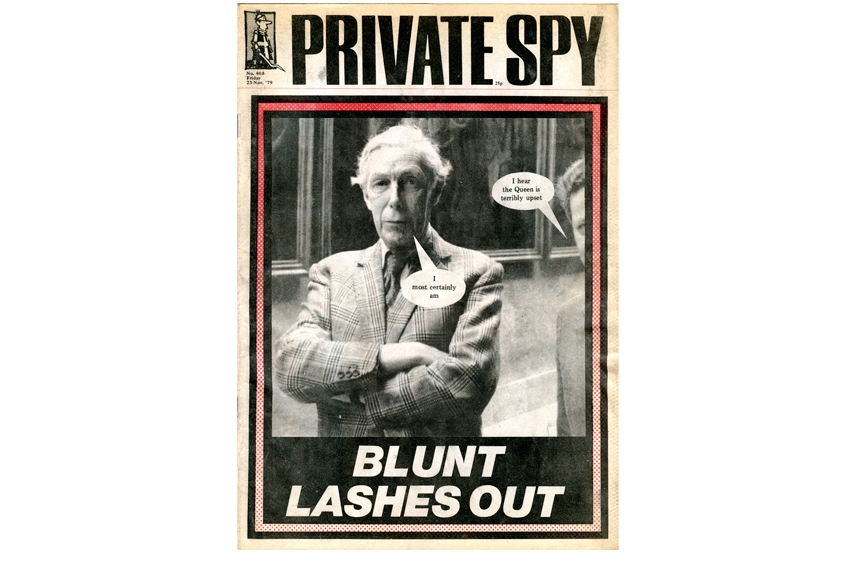The most remarkable thing about this book is that it should have been published at all. No one could have imagined in 1961 that Private Eye — a blotchy reproduction stapled together on what looked like yellow scrap paper — would still be going 50 years later, selling hundreds of thousand of copies every fortnight and apparently employing about 50 people. Adam MacQueen has not written a history of the paper but has compiled a biographical album of contributors, staff, stories and various dramas in its history. The author suggests that it could be read from cover to cover, but that would be hard work even for a satirical anorak. It is much better approached on a random basis, following the cross-references or just leafing through it.
I wasted a large part of my life working at Private Eye between 1966 and 1978, and it was a most enjoyable experience. I was fortunate because that was a golden age for the magazine. Nothing is more tedious than rheumy-eyed pensioners moaning on about the good old days, but the Eye has never regained the fire and political influence it had for a few years in the 1970s when the cast list included Peter Cook, Willy Rushton, Auberon Waugh, Barry Humphries, Gerald Scarfe, Christopher Logue, Paul Foot and Michael Gillard.
That is partly because such talent is rare, but also because Private Eye necessarily reflects the society and press of its time. It prospered then because it could fill the vacuum encircled by a deferential political lobby, a prudish national and weekly press and the grotesque laws of libel. For a number of years it was required reading in Westminster, Whitehall, the City and throughout educated society, the only way to understand ‘the real England which lies hidden beneath the rubbish one normally reads’, as Bron Waugh once put it.







Comments
Join the debate for just £1 a month
Be part of the conversation with other Spectator readers by getting your first three months for £3.
UNLOCK ACCESS Just £1 a monthAlready a subscriber? Log in